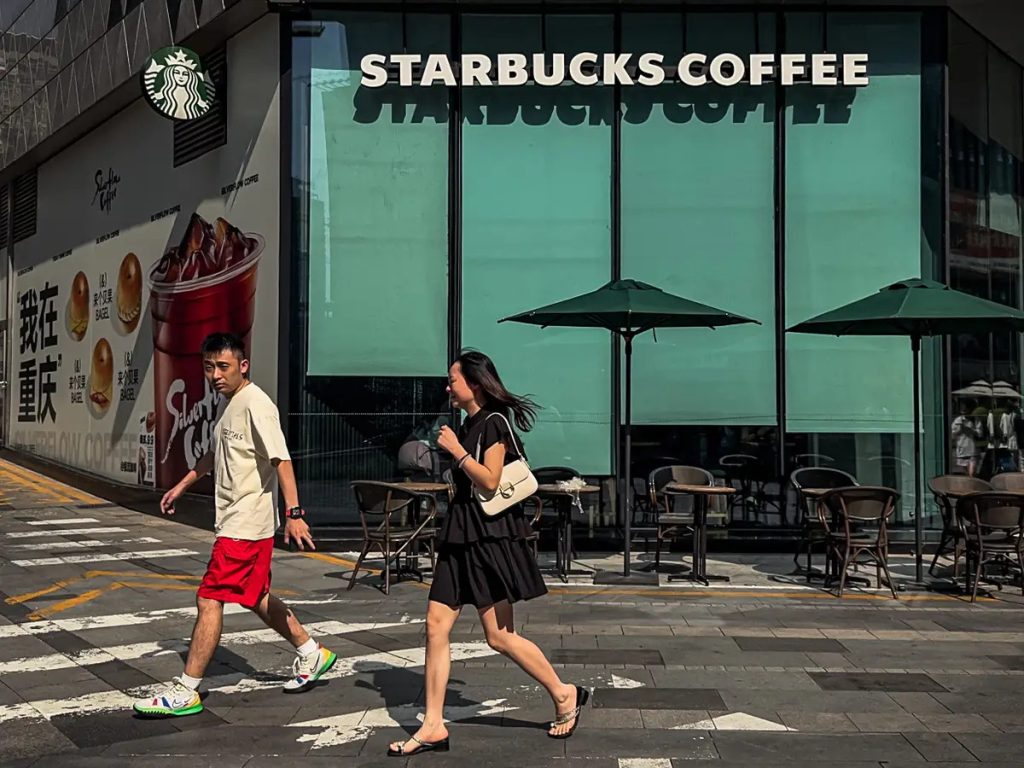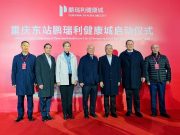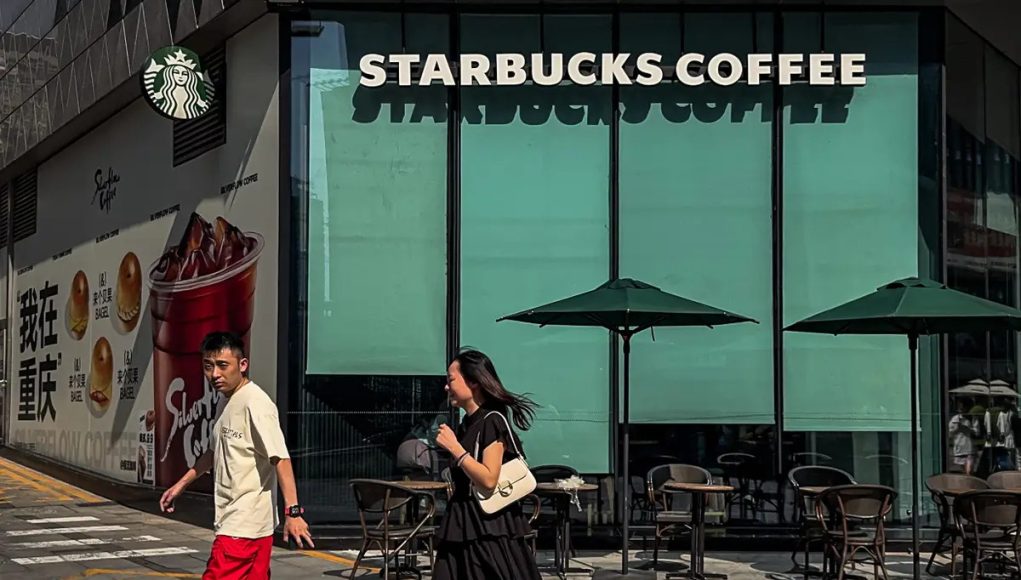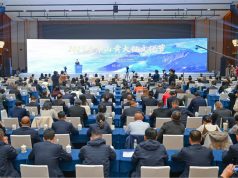(SINGAPORE 06.11.2025) It appears that Starbucks has secured a stable footing in China through its newfound partnership with Boyu Capital, positioning itself for long-term resilience amid intense rivalries in the Chinese market. However, Chinese media are questioning whether Starbucks can realistically achieve its ambitious goal of 20,000 stores China-wide without diluting its premium brand image.
Over the past few years, China’s coffee scene has been transformed by relentless competition. Cafés offering affordable yet sophisticated brews now line every street. For those craving an affordable, sweet, and energizing coffee fix, there is Luckin. For the purists in search of true taste and aromas of the beans, Manner and Grid beckon.
And then there is Starbucks which, after years of relying on its familiar dark roasts, only began experimenting with lighter beans last year to let its coffee’s true flavors shine. However, the long-held picture of itself as the “third space”— a retreat for relaxation, good smells, and peace apart from work and home — has gradually blurred into something far less defined, commented an article in the technology media platform 36 Kr.

Starbucks’ recent deal with China’s Boyu is clearly more than a simple “take the money and run” move. Starbucks has secured a long-term partner. The joint venture is currently valued at about US$4 billion (S$5.2 billion) excluding cash and debt, with Boyu holding a 60% stake and Starbucks 40%. But Starbucks expects to unlock greater value in China over the next decade, with its retail business projected to surpass US$13 billion.
Going through the announcements from both sides, the deal’s size and valuation hardly stand out. What’s striking is the tension between the repeated insistence by Starbucks to be a “premium brand” and its ambition to open 20,000 stores across China, the article pointed out.
Brian Niccol, chairman & CEO of Starbucks, when announcing the joint venture, said: “This approach (JV) allows us to combine the strength of the Starbucks brand, our coffee expertise, the third place, and our unique partner culture with Boyu’s deep knowledge of the China market and local expertise.”
“Working together, we aim to bring the Starbucks experience to more customers, in more cities across China. We see a path to grow from today’s 8,000 Starbucks coffeehouses to more than 20,000 over time,” he added.
On the other side, Boyu proclaimed: “Starbucks has spent 26 years building a leading premium brand in China and forming deep bonds with its customers. We recognize its enduring strength and see a major opportunity to offer more innovative, locally tailored experiences.”
“Premium” has become the common thread between the two parties, noted the article. As a finance platform once noted, in Shanghai, the combined revenue of three Luckin stores barely matches that of a single Starbucks. Indeed premium.
But the article calculated, with China now having 2,844 county-level regions, 20,000 would mean adding one or two Starbucks locations in every county across the country.
And if Starbucks aims to preserve its premium positioning, upholding the “third place” experience, and ensuring every customer engages meaningfully with staff while immersing in the brand culture, what level of investment would that demand? Over the next decade, how much will these stores cost in rent and labor? asked the writers.
At this moment, Starbucks’ coffee offers little in the way of distinctive differentiation from its competitors. For workers in China’s top-tier cities, brands like Luckin, Kudi, and Manner are just as conveniently grabbed —and sometimes the experience even better.
So, the article projected that Starbucks will likely need to embrace a ‘small-store’ model, taking a more ‘Luckin-style’ approach to compete for Luckin’s market share.. This is the only way to attract new customers beyond its traditional base.
The article recalled that was in 2017 that Starbucks China began expanding its stores at a faster pace, recognizing the vast growth potential of the Chinese market. It took back direct control of all its China franchises. But it was also in 2017 that Luckin Coffee emerged, later upending the “third place” concept with its compact stores and self-pickup model. According to Bernstein’s analysis, Starbucks’ market share in China declined steadily from a peak of 42% in that year to 14% in 2024.
Starbucks may also pursue a strategy of cutting prices. In June, Starbucks China cut prices for the first time, reducing the average cost of large non-coffee drinks by 5 yuan (S$0.92). Combo meals paired with food were also offered at more attractive prices.
Boyu will likely focus on “value for money.” At current price points of about 23 yuan, Starbucks should aim to offer products that better suit Chinese tastes. Gone are the days of gimmicky creations like the Olive Oil Coffee; the emphasis will be on crowd-pleasers such as this summer’s Matcha Latte or Hojicha Latte.
If customers linger with their laptops and it is difficult to get them out, a Starbucks store could position itself as a “study café.” Offering more food-and-drink combos can boost average spending while remaining “budget-friendly, the article advised.
Ultimately, franchising could be an option, recommended the article. This does not mean the brand’s value would be diluted. Consider the tightly controlled franchise models of Haidilao or Luckin: store operations, staff performance, and backend systems are all overseen by headquarters. To customers, franchised and company-owned stores are virtually indistinguishable.
After Chinese investors took control of McDonald’s China in 2018, they swiftly boosted its delivery business from under 20% to 30% of total sales. Freshly brewed coffee is one of the sectors most impacted by delivery trends. China’s coffee market has already been transformed: Luckin Coffee now operates over 26,000 stores while sustaining more than 30% revenue growth.
However, that clearly is not Starbucks’ style. Last year, Starbucks’ newly appointed CEO Niccol emphasized “returning to our roots,” calling for restoration of what sets Starbucks apart: a cozy café where people connect. Perhaps Chinese Starbucks stores could re-embrace this shift, greeting customers warmly, noting their moods and needs, and ensuring every visit is an enjoyable experience. Coupled with the right strategies, Starbucks China might make the 20,000 mark.





































